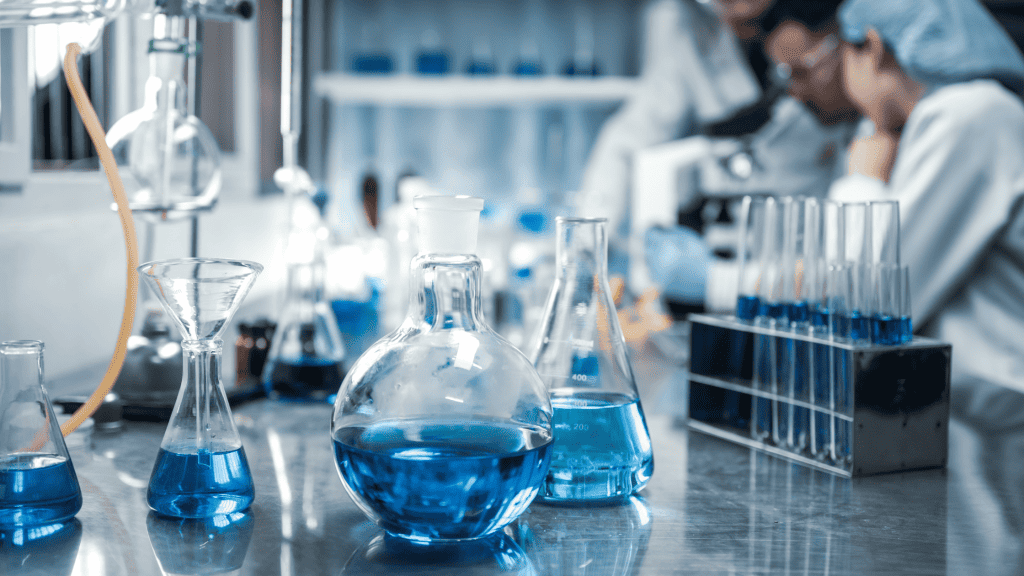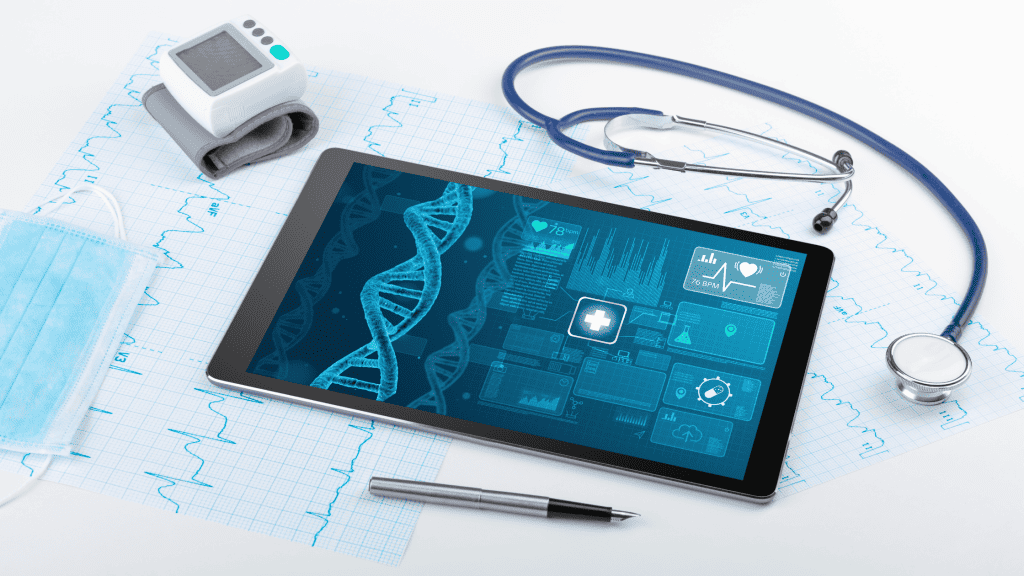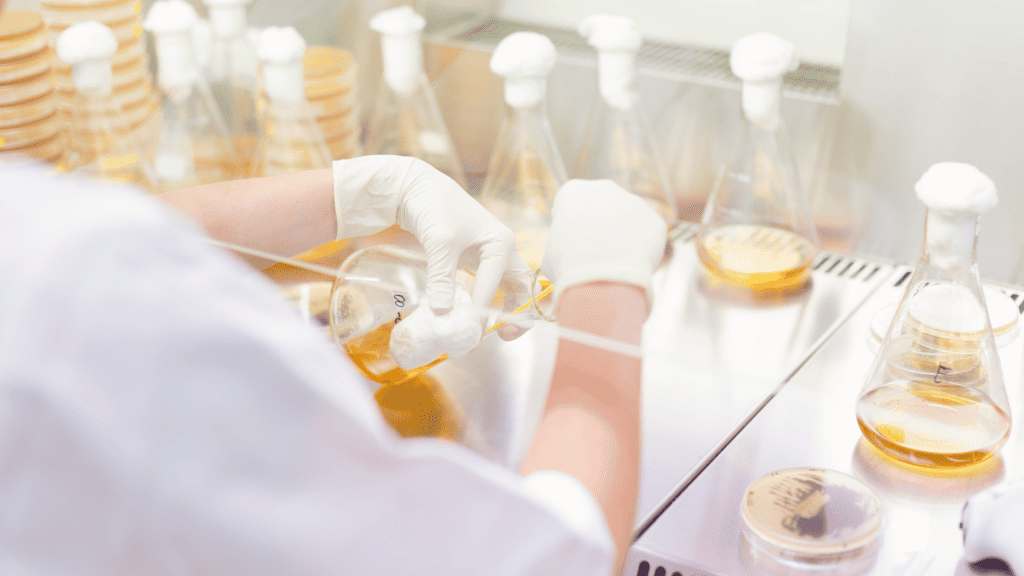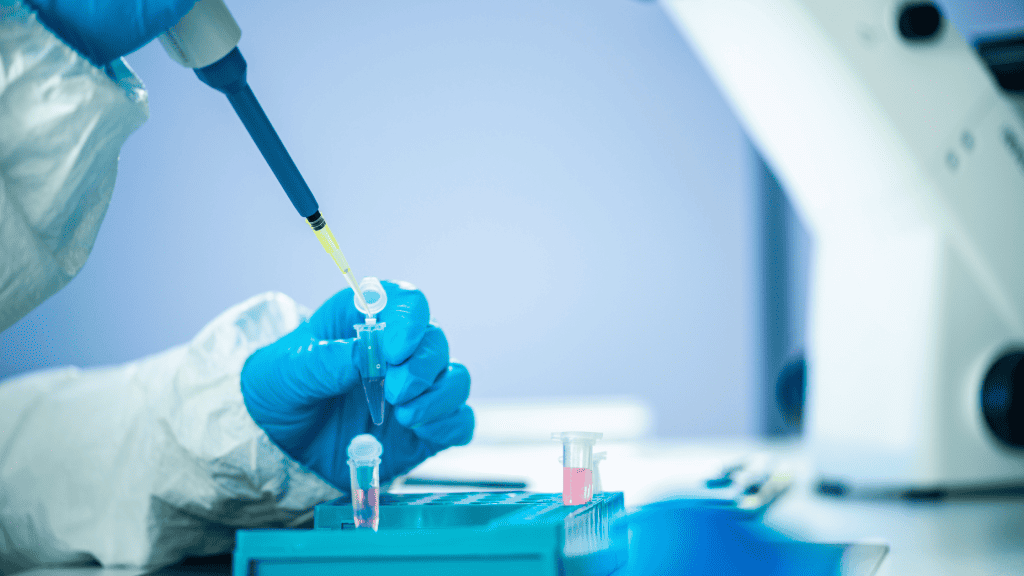|
Listen to Post
|
Listen to this article now:
In the life sciences industry, precision and quality are crucial when it comes to translation. Whether it’s introducing pharmaceutical products to new markets, providing treatment in a patient’s native language, or exporting medical devices, accurate translation is essential. Failure to ensure precise translation can result in negative consequences for patients, as well as legal and financial consequences for the company.
The scientific, medical, and healthcare sectors have a global impact, and translation in these fields is particularly complex and demanding, requiring expertise from multiple professional disciplines.
Let’s take a closer look at the different types of texts that fall under the umbrella of life science translation.

Pharmaceutical & Clinical Trials
Pharmaceutical companies require a multilingual strategy in order to carry out scientific clinical trials and market medicines abroad. A few examples of documents that require translation include but are not limited to agreements, study protocols and regulations, regulatory authorities’ documents, consent forms.
Medical Devices
In some countries, businesses are required to conduct clinical trials before they can market medical devices. For accuracy and compliance with the different international, and regulatory requirements, medical device, and pharmaceutical companies require proper terminology and approach in translation. Operating manuals, maintenance documents, installation manuals, safety reports, instructions for use, and regulatory compliance documents are just a few examples of documents that need to be translated under the framework of medical equipment.

Healthcare
Access to accurate and comprehensive health information is crucial for individuals to make informed decisions about their health. This is especially true for those who do not speak the language of the healthcare providers. In such cases, accurate translation of important documents like informed consent forms, medical records, patient questionnaires, laboratory test results, hospital release forms, and aftercare patient instructions is vital. Professional translation services ensure that the translation is accurate and effective, preventing dangerous misunderstandings that could lead to serious consequences.
Now that we have provided enough information about the importance of life science translation and various text documents under the framework of life science translation, let’s take a look at some strategies for high-quality life science translations.

Strategies to Ensure High-Quality Translations in Life Sciences
Use specialized translators: Life science translations require specialized knowledge and understanding of scientific concepts, terminology, and industry-specific regulations. It is crucial to work with translators who have a background and experience in life sciences and are proficient in both the source and target languages.
Utilize translation memory software: Translation memory software can help ensure consistency in terminology, phrasing, and style across all documents. It saves the translations, making it easier for translators to access and reuse them in future projects.
Follow a rigorous quality assurance process: Quality assurance is critical in life science translations, and it should involve multiple rounds of review by subject matter experts and proofreaders. This process helps ensure accuracy, consistency, and compliance with regulatory requirements.
Consider the target audience and cultural context: The target audience and cultural context are crucial considerations when translating life science documents. Translators should be aware of any cultural nuances and adapt the translations accordingly.
Work closely with the translation team: Effective communication and collaboration between the translation team and the client can help ensure that the final product meets the client’s needs and specifications. Clear communication about project requirements and deadlines can help to avoid misunderstandings and delays.
Use glossaries and style guides: Glossaries and style guides can help ensure consistency in terminology and style across different documents and projects. These resources can be developed in collaboration with the client and subject matter experts and should be regularly updated as necessary.
Verify references and citations: Life science translations often involve referencing and citing sources of information. It is essential to ensure that references and citations are accurately translated and verified to maintain the integrity of the information being presented.
Maintain confidentiality and security: Life science documents often contain sensitive and confidential information, such as patient data and clinical trial results. Translators must take appropriate measures to maintain confidentiality and security, such as using secure file transfer protocols and signing non-disclosure agreements.

In conclusion, producing high-quality life science translations requires specialized knowledge and expertise, attention to detail, and adherence to rigorous quality assurance processes. Using specialized translators, translation memory software, glossaries, and style guides, and verifying references and citations can help ensure accuracy and consistency in terminology and style. It is also essential to consider the intended use of the translation and maintain confidentiality and security. By following these tips, life science organizations can produce translations that effectively communicate their message, comply with regulatory requirements, and contribute to the advancement of scientific knowledge and patient care.
Need help with life science translations? Contact our expert team today!








